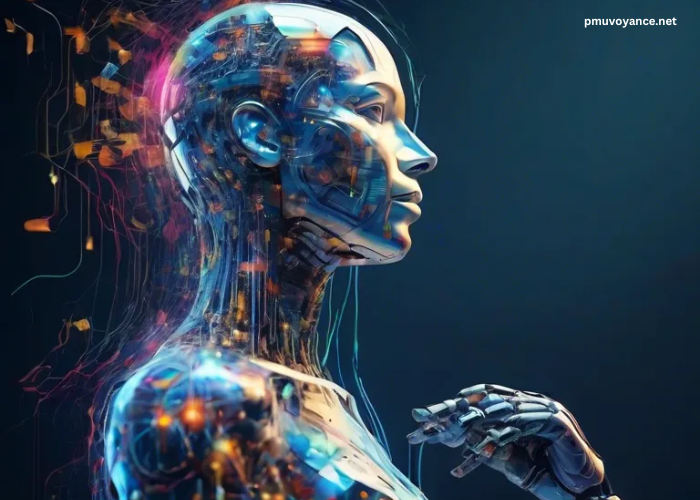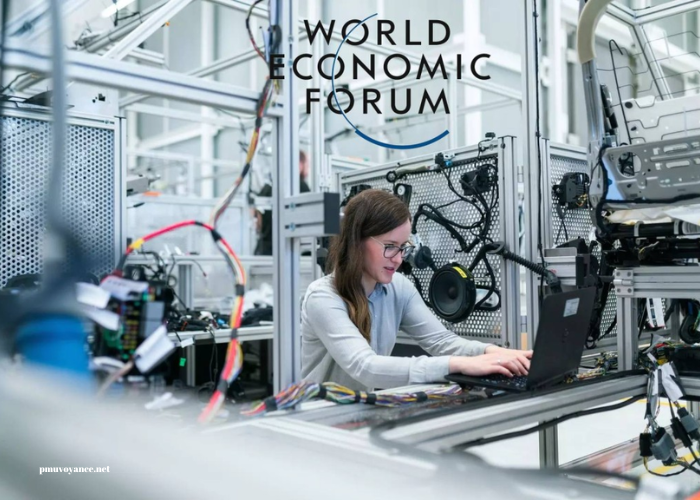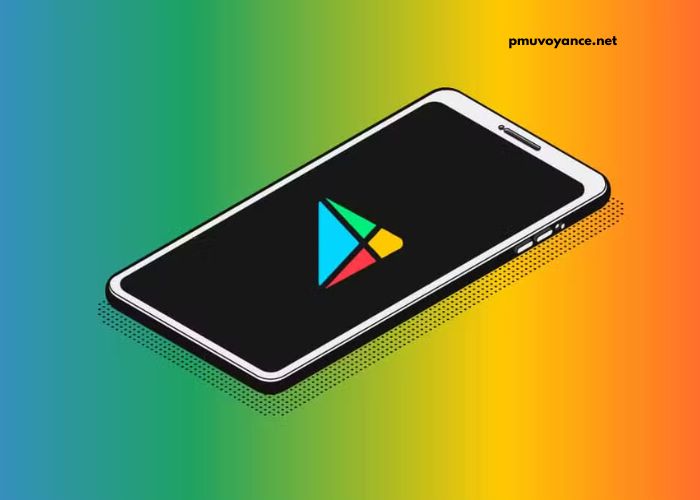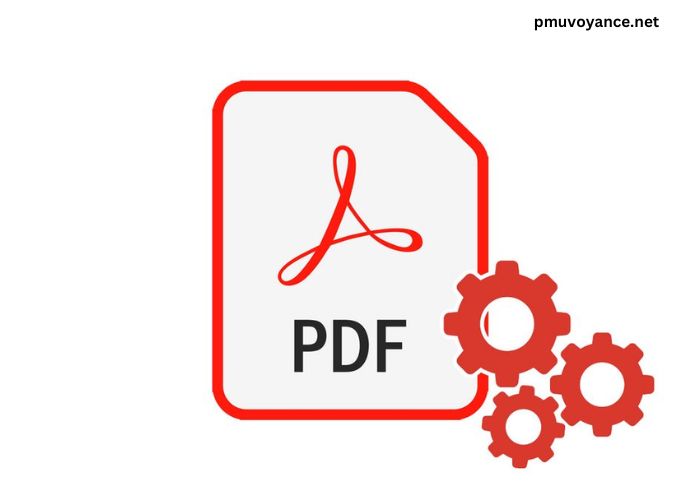Artificial intelligence is making the world of creativity move at the speed of light. From creating stunning visuals to composing beautiful music, all those things which seemed like mere science fiction are now a reality, thanks to AI tools. But instead of taking over creativity, AI is proving to be an amazing collaborator that amplifies human imagination and helps creators push the boundaries of what’s possible.
For example, imagine an AI image generator from image to market yourself by turning rough ideas into polished visuals that perfectly represent your personal brand. It’s tools like these that are reshaping creative industries and giving individuals the power to make their mark.
Let’s dive in and see how this up-and-coming powerhouse is restructuring the creative process and what this means for artists, designers, and innovators alike.
How AI Is Enhancing Creativity
1.Sparking Fresh Ideas
Ever stare at a blank page or screen and wait for inspiration to strike? AI can help with that. ChatGPT, MidJourney, and other tools can help create ideas to give a jumpstart to writers, artists, and designers when they’re stuck.
For example, a concept artist might be working on some science fiction idea and enter a prompt via an AI tool, then receive a variety of imaginative designs that can serve as starting points; from there, they can change and refine until it feels uniquely their own.
2.Taking Over Tedious Tasks
Creative efforts often involve endless, repetitive jobs that sap one’s energy and time. AI tools are entering the fray with the ability to lighten the creative load:
Photographers can categorize and improve photos using AI-driven editing software such as Adobe Lightroom in minimal time. With Canva, designers can leverage the platform’s AI to whip up templates and layouts in mere seconds. By allowing AI to handle the grunt work, creators are free to focus more on the big-picture ideas and adding their personal touch.
AI as Creative Partner
Far from replacing human artists, the truth is hugely collaborative. AI tools don’t just churn out generic designs but work with you to open up new possibilities
1.Playing with Style and Technique
Think of AI as an assistant to help you think outside the box. For instance:
Visual artists use platforms like DALL·E to experiment with new styles or quickly create mockups for client pitches.
Musicians can work with tools like AIVA to compose melodies that suit a particular mood or genre.
AI isn’t about doing the work for you-it’s about expanding your toolkit and helping you explore creative paths you may not have considered.
Navigating the Challenges
Of course, the rise of AI in creativity isn’t without its challenges. It is paramount to consider this new technology thoughtfully and responsibly.
1.Who Owns AI-Generated Content?
But who owns the end product if an AI tool created it? It’s a gray area, and debate continues over intellectual property rights. Those using AI as creators should be aware of licensing agreements and transparency in the sharing of work.
2.Balancing Authenticity
AI can do all that mimicking of style and trends, but nothing beats the human touch. Having AI as a creative collaborator, rather than a replacement, helps to ensure your work stays authentic and true to your vision.
Real-Life Examples of AI in Action
It’s already being used in creative ways in so many different creative industries, such as:
1.Marketing and Branding
Marketers now use AI for ad campaigns personalized to very specific audiences. Among tools for copywriting, Jasper produces engaging headlines. AI-generated visuals help businesses create unique brand identities.
2.Education and Skill Building
Want to learn a new skill? AI-driven platforms are making creative education more accessible than ever. Apps such as Skillshare now employ AIs that can recommend highly personalized lessons for where you most need to grow.
3.Entertainment and Media
The entertainment industry is embracing AI in big ways, from AI-assisted screenwriting to creating hyper-realistic virtual worlds in video games. AI is even helping filmmakers cut production time with automated editing and special effects.
What’s Next for AI and Creativity?
The future of AI and creativity looks incredibly promising. As AI continues to evolve, we’ll likely see even more innovative uses, such as:
Personalized Experiences: Imagine being able to create art or music that appeals to the taste of each and every individual in the audience.
More Accessible Tools: As AI tools become more intuitive, they will allow more and more people to explore their creative potential.
How to succeed in this new world? By embracing AI as a collaborator while staying true to your unique perspective.
How to Make AI Work for You
If you’re curious about diving into AI-powered creativity, here are a few tips to get started:
Experiment Freely: Try different tools and platforms to see what sparks your interest. Whether it’s generating art, writing scripts, or designing graphics, there’s something for everyone.
Keep Learning: AI is evolving rapidly, so stay informed about new features and updates to get the most out of your tools.
Focus on your strengths: Let AI do the grunt work, but let your unique vision shine in the final product.
By marrying the best of human creativity with the capabilities of AI, you can unlock new levels of innovation and produce work that really stands out in today’s competitive world.



